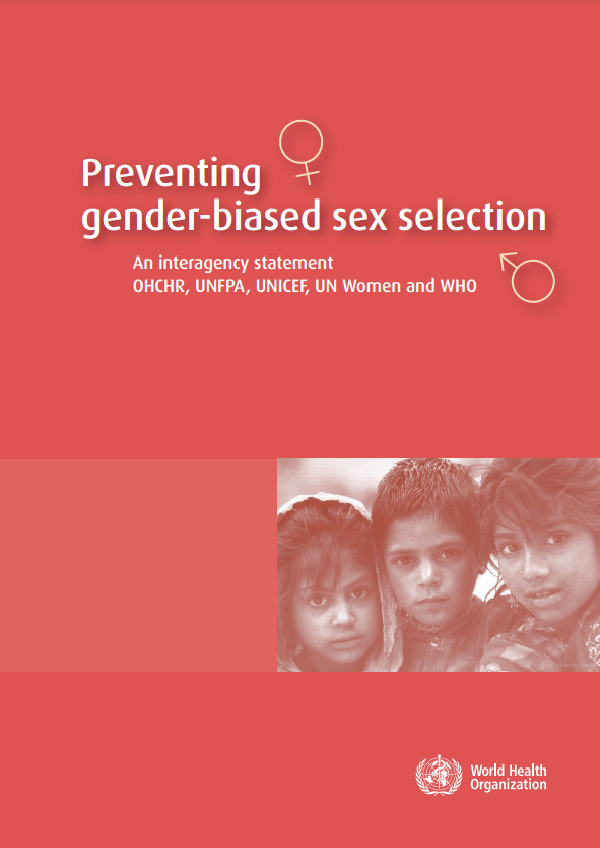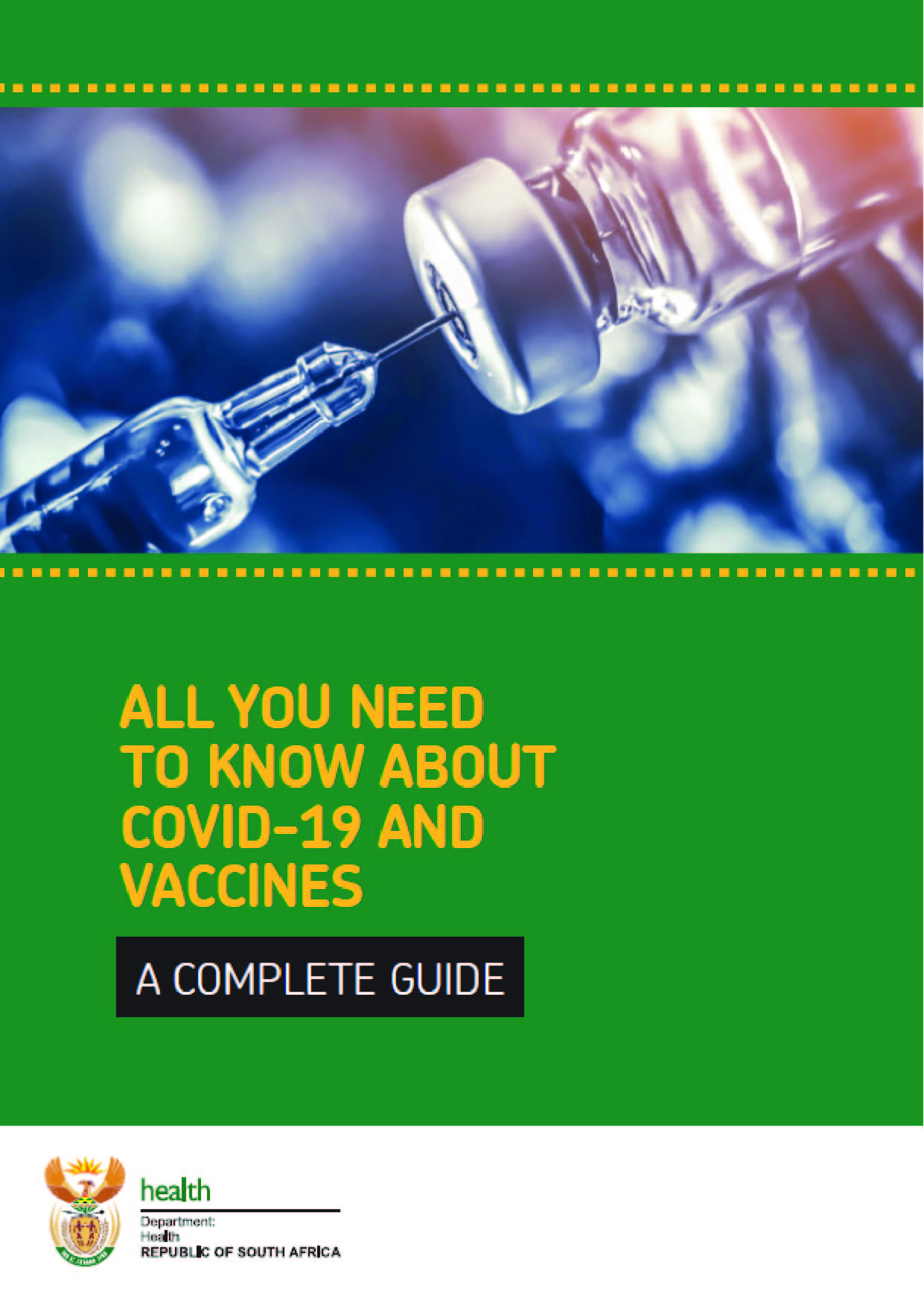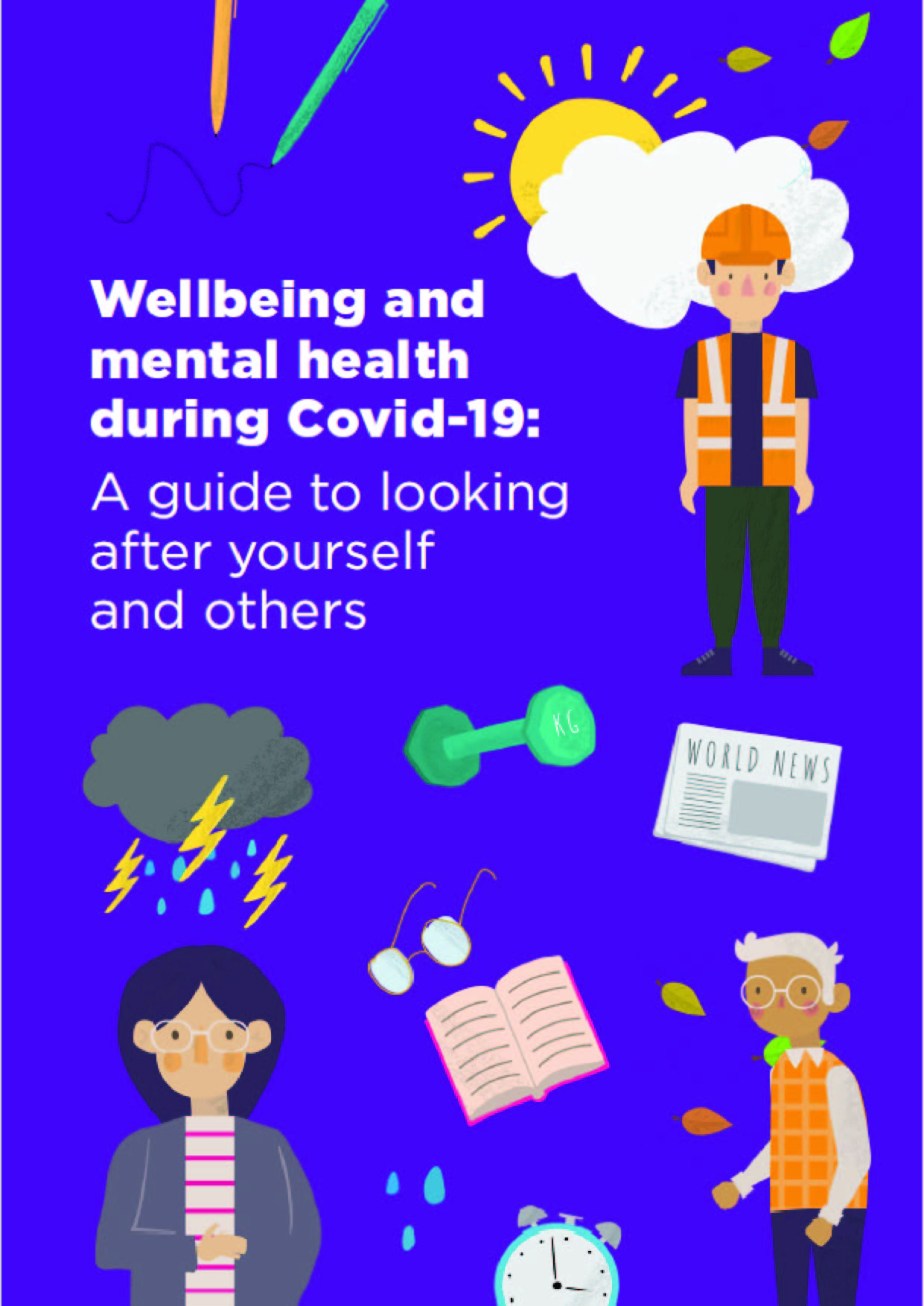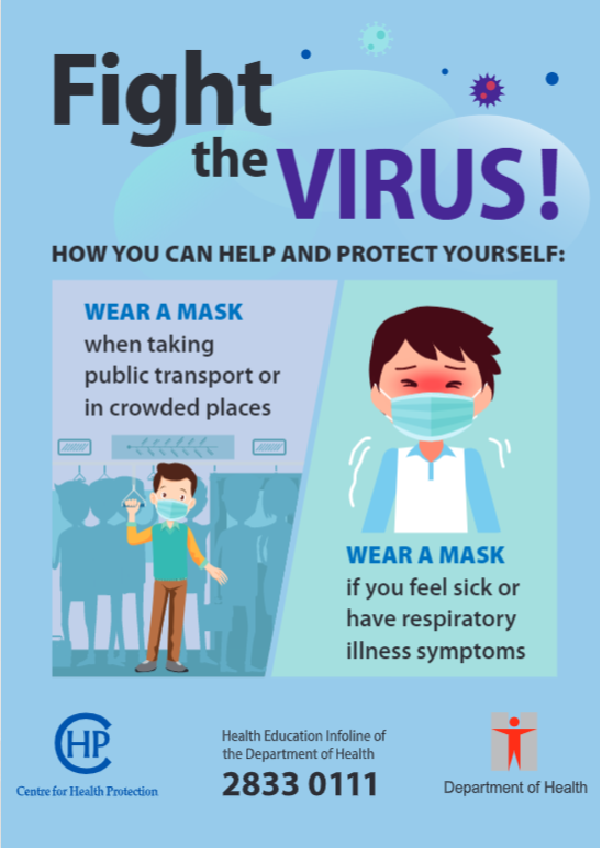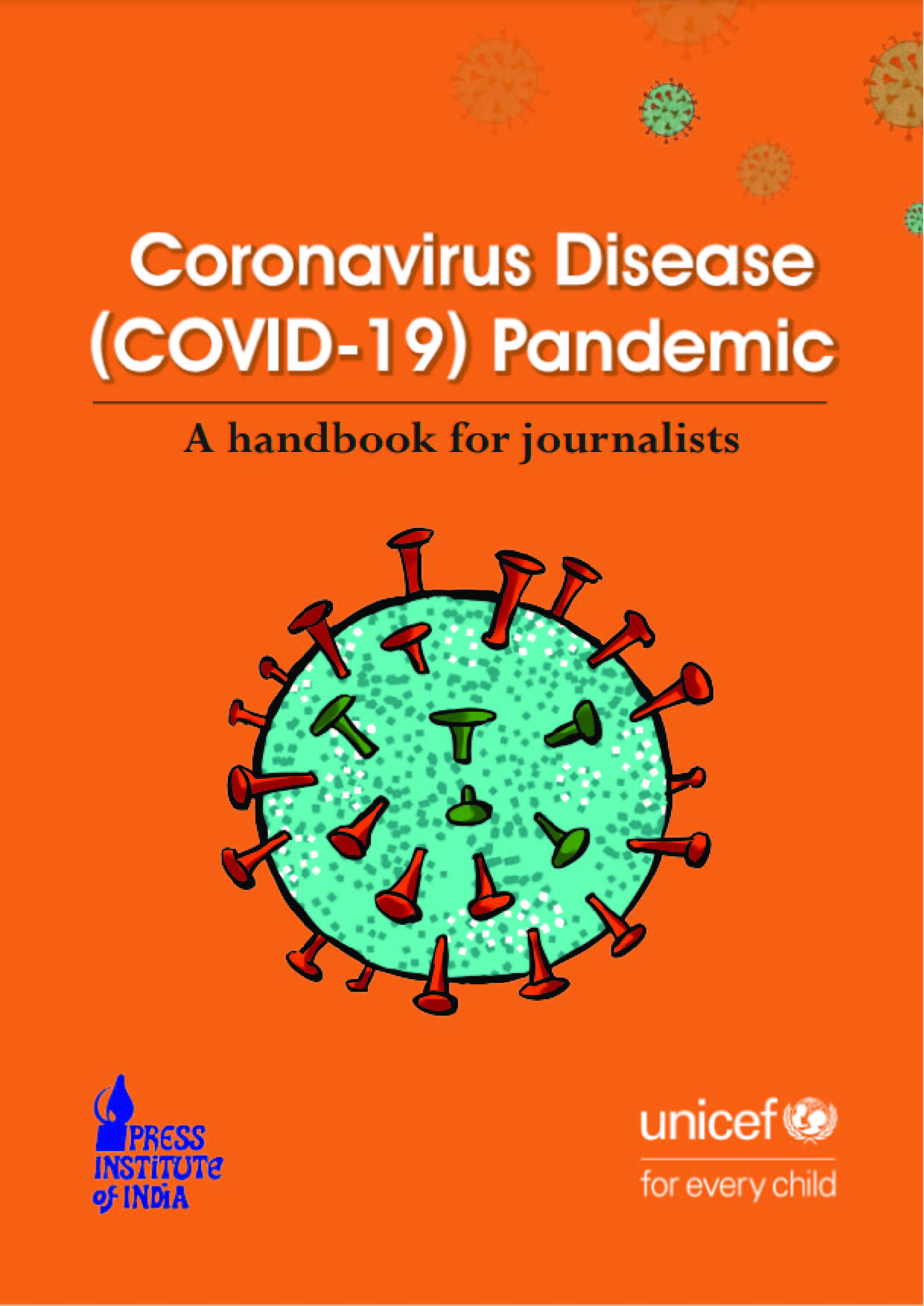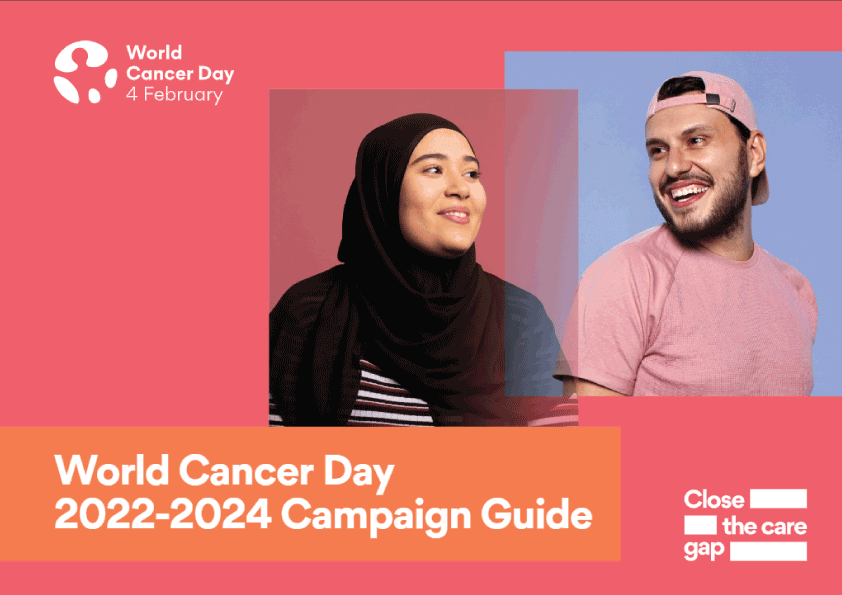This OHCHR, UNFPA, UNICEF, UN Women, and WHO joint interagency statement reaffirms the commitment of United Nations agencies to encourage and support efforts by States, international and national organizations, civil society and communities to uphold the rights of girls and women and to address the multiple manifestations of gender discrimination including the problem of imbalanced sex ratios caused by sex selection. It thus seeks to highlight the public health and human rights dimensions and implications of the problem and to provide recommendations on how best to take effective action.
The biologically normal sex ratio at birth ranges from 102 to 106 males per 100 females. However, ratios higher than normal – sometimes as high as 130 – have been observed. This is now causing increasing concern in some South Asian, East Asian and Central Asian countries.
The tradition of patrilineal inheritance in many societies coupled with a reliance on boys to provide economic support, ensure security in old age and perform death rites are part of a set of social norms that place greater value on sons than daughters. In addition, a general trend towards declining family size, occasionally fostered by stringent policies restricting the number of children people are allowed to have, is reinforcing a deeply rooted preference for male offspring. As a result, women are often under immense family and societal pressure to produce sons. Failure to do so may lead to consequences that include violence, rejection by the marital family or even death. Women may have to continue becoming pregnant until a boy is born, thus putting their health and their life at risk.
Sex selection can take place before a pregnancy is established, during pregnancy through prenatal sex detection and selective abortion, or following birth through infanticide or child neglect. Sex selection is sometimes used for family balancing purposes but far more typically occurs because of a systematic preference for boys. Although the relatively recent availability of technologies for the early determination of sex has provided an additional method for sex selection, this is not the root cause of the problem. Where the underlying context of son preference does not exist, the availability of techniques to determine sex does not necessarily lead to their use for sex selection.
States have an obligation under human rights laws to respect, protect and fulfil the human rights of girls and women. In addition, more than 180 States are signatories to the 1994 Programme of Action of the International Conference on Population and Development (ICPD). As part of this undertaking States agreed to:
. . . eliminate all forms of discrimination against the girl child and the root causes of son preference, which result in harmful and unethical practices regarding female infanticide and prenatal sex selection. United Nations (1994); paragraph 4.16
At the same time, States have an obligation to ensure that these injustices are addressed without exposing women to the risk of death or serious injury by denying them access to needed services such as safe abortion to the full extent of the law. Such an outcome would represent a further violation of their rights to life and health as guaranteed in international human rights treaties, and committed to in international development agreements.
Governments in affected countries have undertaken a number of measures in an attempt to halt increasing sex-ratio imbalances. Some have passed laws to restrict the use of technology for sex-selection purposes and in some cases for sex-selective abortion. These laws have largely had little effect in isolation from broader measures to address underlying social and gender inequalities. In some settings, legal and policy measures aimed at redressing deep-seated inequalities between boys and girls have been passed. These include laws for more equitable patterns of inheritance, and measures such as direct subsidies at the time of a girl’s birth, scholarship programmes, gender-based school quotas or financial incentives, or pension programmes for families with girls only. These efforts have often been coupled with campaigns to raise awareness and to change people’s mindsets and attitudes towards girls. Governments have thus already taken action in a number of ways, with varying degrees of success, and there are lessons that can be learnt from this.
